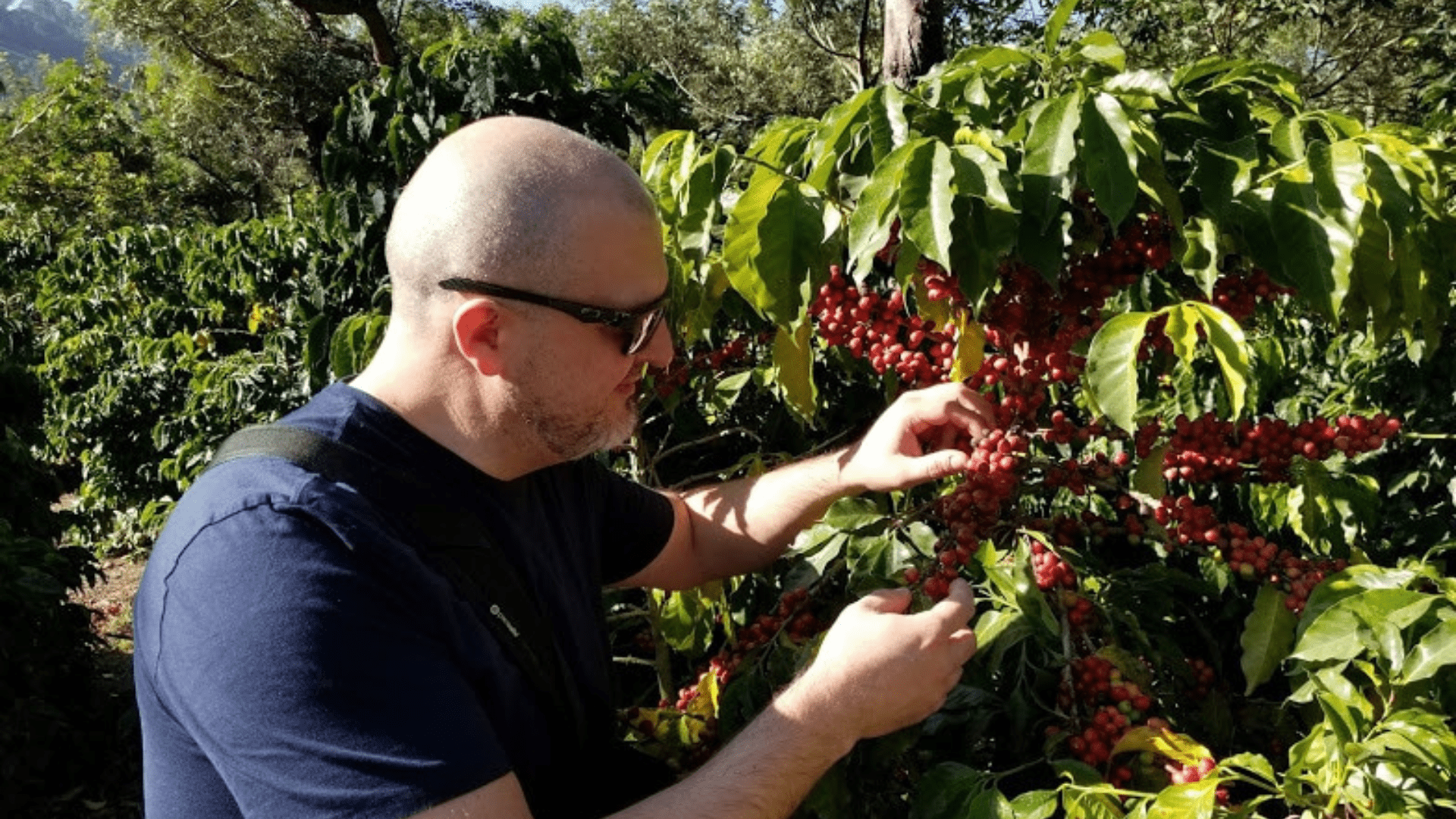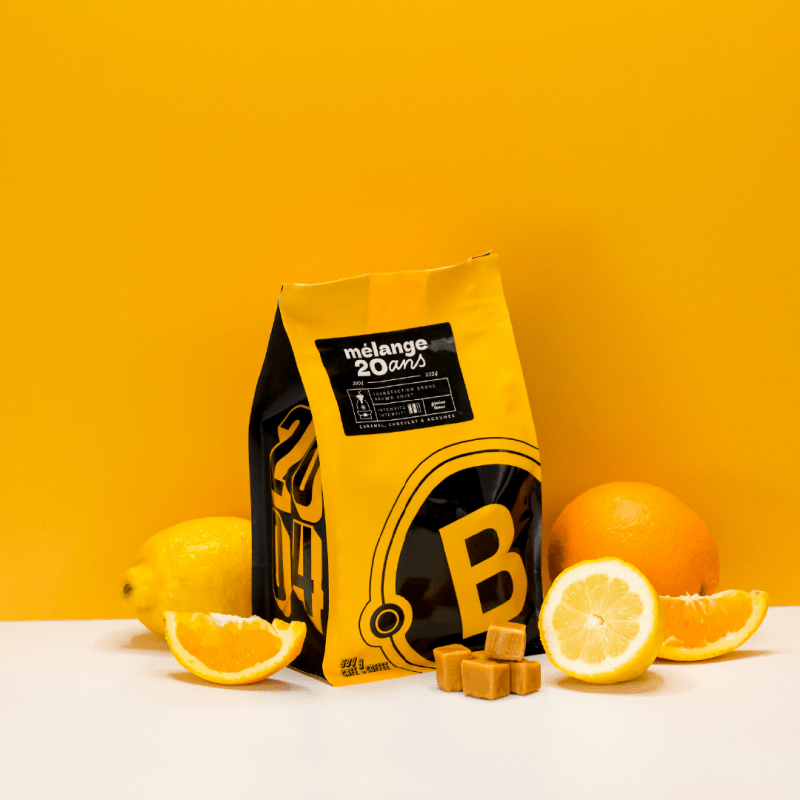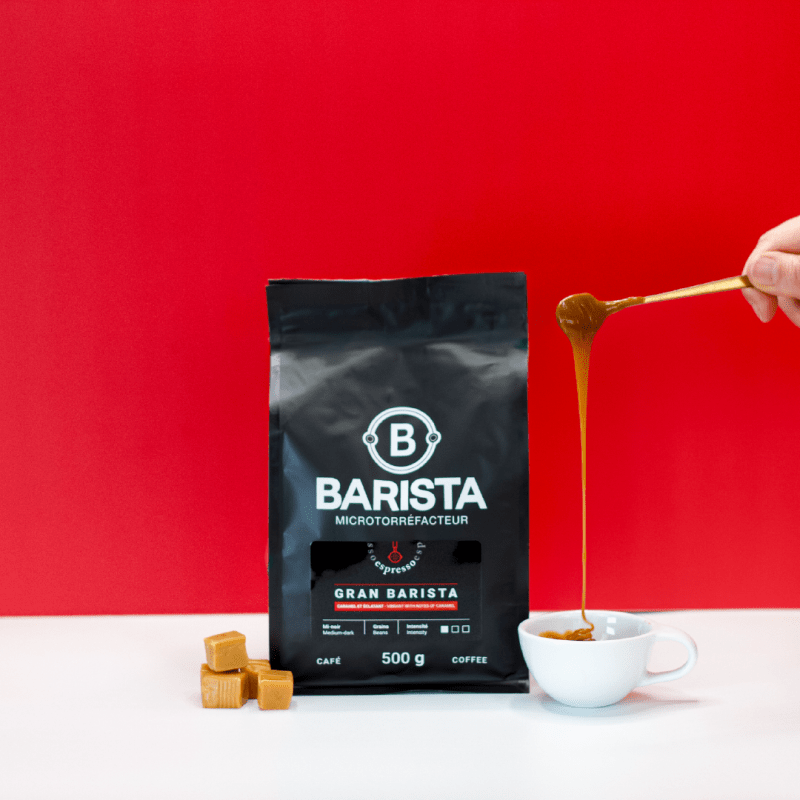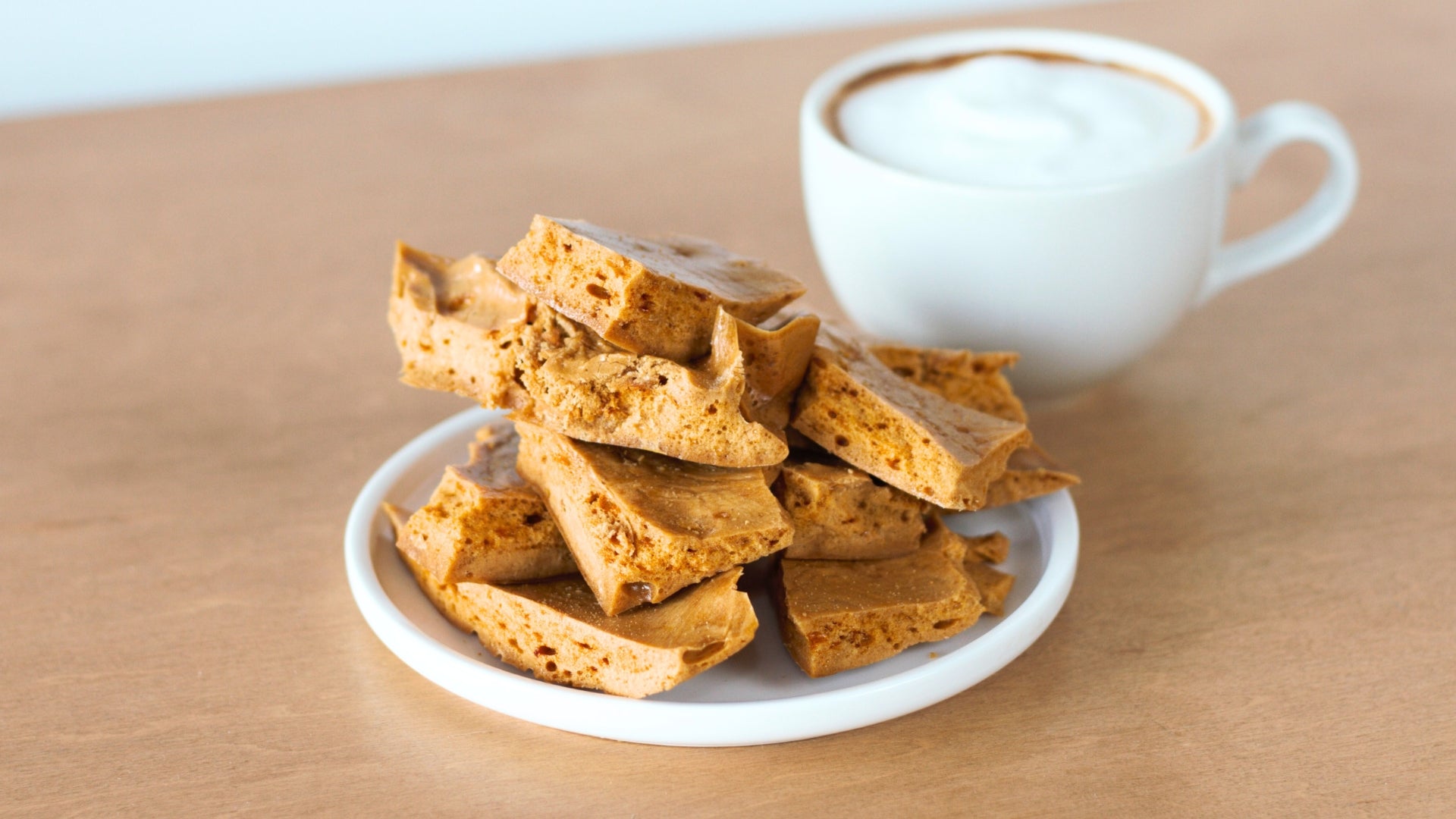The Plantation
The unending search for quality, with the goal of discovering new flavours, requires that scouts be sent out into the field to bring back to Montreal essential knowledge necessary to develop perfected roasting recipes. To create these recipes, you need to see and hear the coffee producers’ stories. You have to taste, taste, and retaste different coffees, from the most experimental to the most traditional.
Our specialist is Enrico. The company’s co-founder is also the one who tastes and chooses which beans will see the inside of our roaster’s walls. To accomplish this task, he travels the world to see how things are done on the plantations, from cupping through cleaning and when he returns from say, El Salvador and Guatemala, Enrico debriefs us as we take notes.
Enrico's travels have made him understand and respect the producers’ work on a whole new level, he says. The amount of work done on coffee plantations is astronomical as they produce between ten to twenty coffee containers annually. To illustrate this: one container contains 256 large bags of coffee, and each bag weighs about 70 kilos!
Working on a coffee plantation requires an impressive level of physical fitness, when you consider that producers have to lift all these bags at some point. Furthermore, coffee grows at a high altitude, which benefits the overall bean quality, but it also means that producers work in thin air, on steep slopes, to collect these precious beans.
The Plantations’ Methodology
Coffee plantations use an interesting methodology to maximize their harvest and efforts. Although these coffee plantations are industrialized, the technology used is a far cry from the mechanization we are familiar with in North America.
For example, all sorts of other plants are planted on the plantations to ensure the coffee fruit’s well-being. First of all, large palm trees are needed to provide shade, as coffee plants produce a better bean with far more interesting taste characteristics when grown in a controlled shaded area. Next, other plants are needed to attract certain types of birds that feed on pests; keeping them at bay naturally.
The Cleaning
The unending search for quality, with the goal of discovering new flavours, requires that scouts be sent out into the field to bring back to Montreal essential knowledge necessary to develop perfected roasting recipes. To create these recipes, you need to see and hear the coffee producers’ stories. You have to taste, taste, and retaste different coffees, from the most experimental to the most traditional.
Our specialist is Enrico. The company’s co-founder is also the one who tastes and chooses which beans will see the inside of our roaster’s walls. To accomplish this task, he travels the world to see how things are done on the plantations, from cupping through cleaning and when he returns from say, El Salvador and Guatemala, Enrico debriefs us as we take notes.
The Cleaning Process
The cleaning process is one of the most important phases in a coffee bean’s life. It’s during this step that the fruit, also known as the cherry, becomes the bean! The methods for cleaning the coffee cherry vary, and this is often dependent on the resources available, as well as the desired flavour profile that will be attributed to the final coffee product. That said, there are three principal methods for cleaning the coffee cherry before it leaves the producing country.
First, there is the traditional cleaning method, which is the most common one used since industrialization made its mark in coffee production. This method requires machinery and enormous quantities of water. These machines take care of pulping the coffee cherry, which mean they remove the flesh and the sugars from the bean. What is left is the cherry’s core, the bean, which is still covered in a layer of mucus that is also cleaned off in another step. The bean is then fermented in drying drums that remove any excess mucus and moisture thanks to the high temperatures, and ushers the bean a little closer towards a finished product. The drying stage requires the beans to be set out in the sun on concrete slabs for a few days, during which time the producers move them frequently to ensure a uniform drying.
The Other Methods
Then we have the process of natural cleaning, which produces a stronger and more acidic coffee compared to the traditional cleaning method. Once cleaned and pulped with water, like in the previous method, the coffee beans in this method are then placed directly in the sun on concrete slabs, where fermentation and mucus shedding take place. This method represents about 10% of what farms produce since it creates a flavour profile that is interesting for certain coffee blends.
The ‘honey wash; method is the last method for cleaning the coffee cherry. This method does not use water, and instead requires the cherries to be placed directly on slabs and dried in the sun for 19 to 25 days. This time allows the bean to detach itself from its flesh and mucus in a natural way, while it is also fermenting. This coffee product’s flavour profile keeps significantly more of the fruit properties, so it is very acidic and raw since it hasn’t been washed with water.











Share:
Introducing Coco Latté
Travel Mugs: KeepCup vs SmartCup